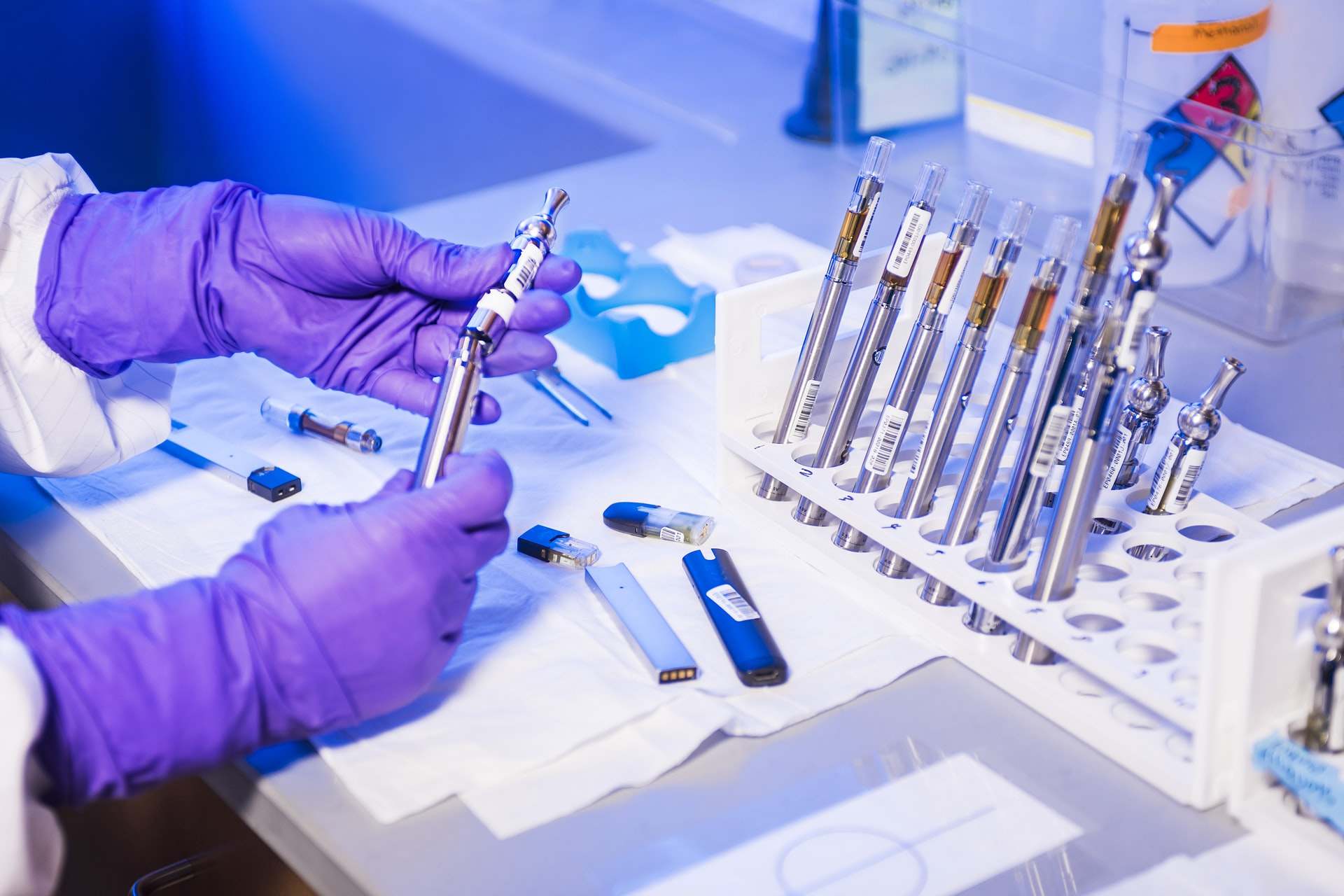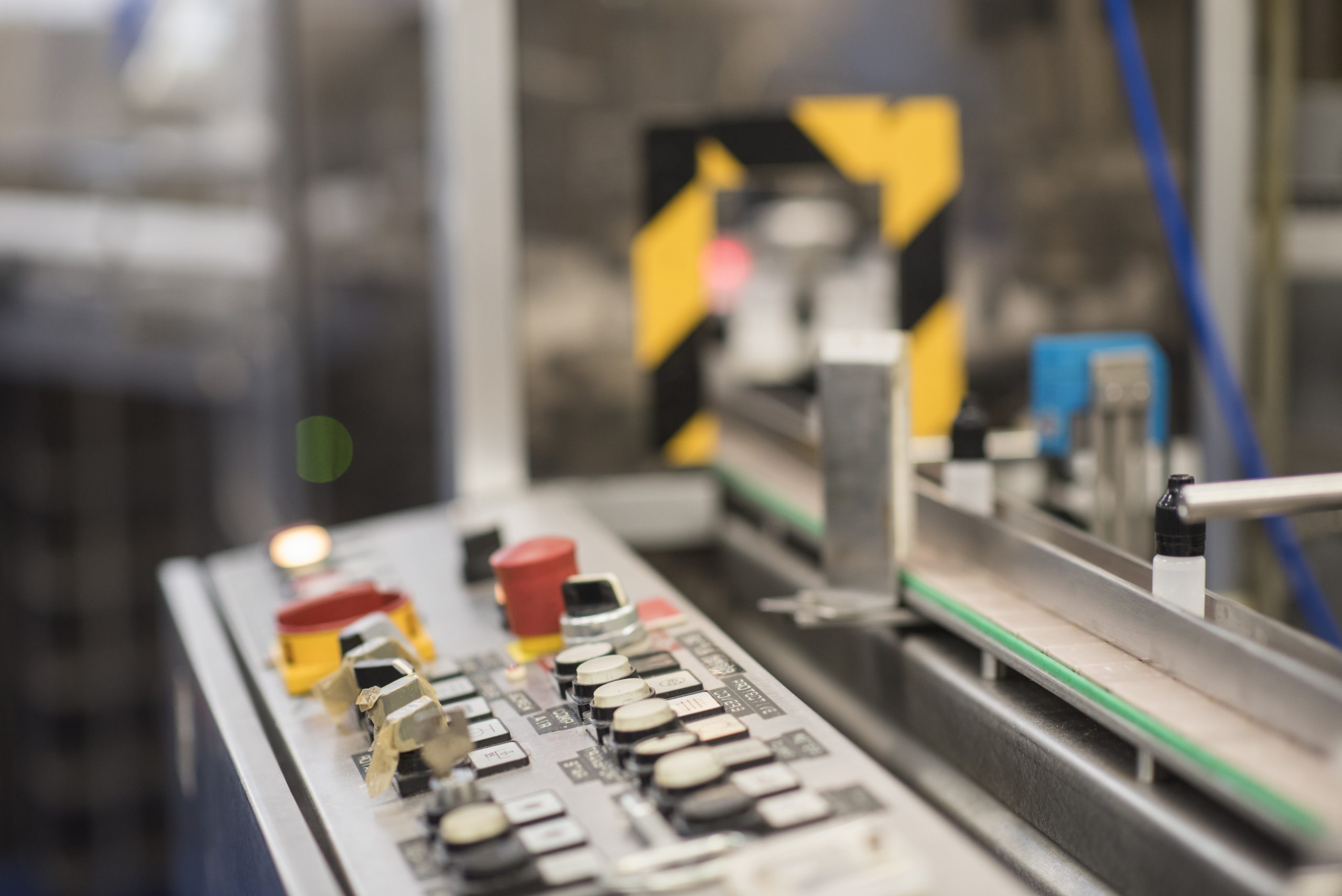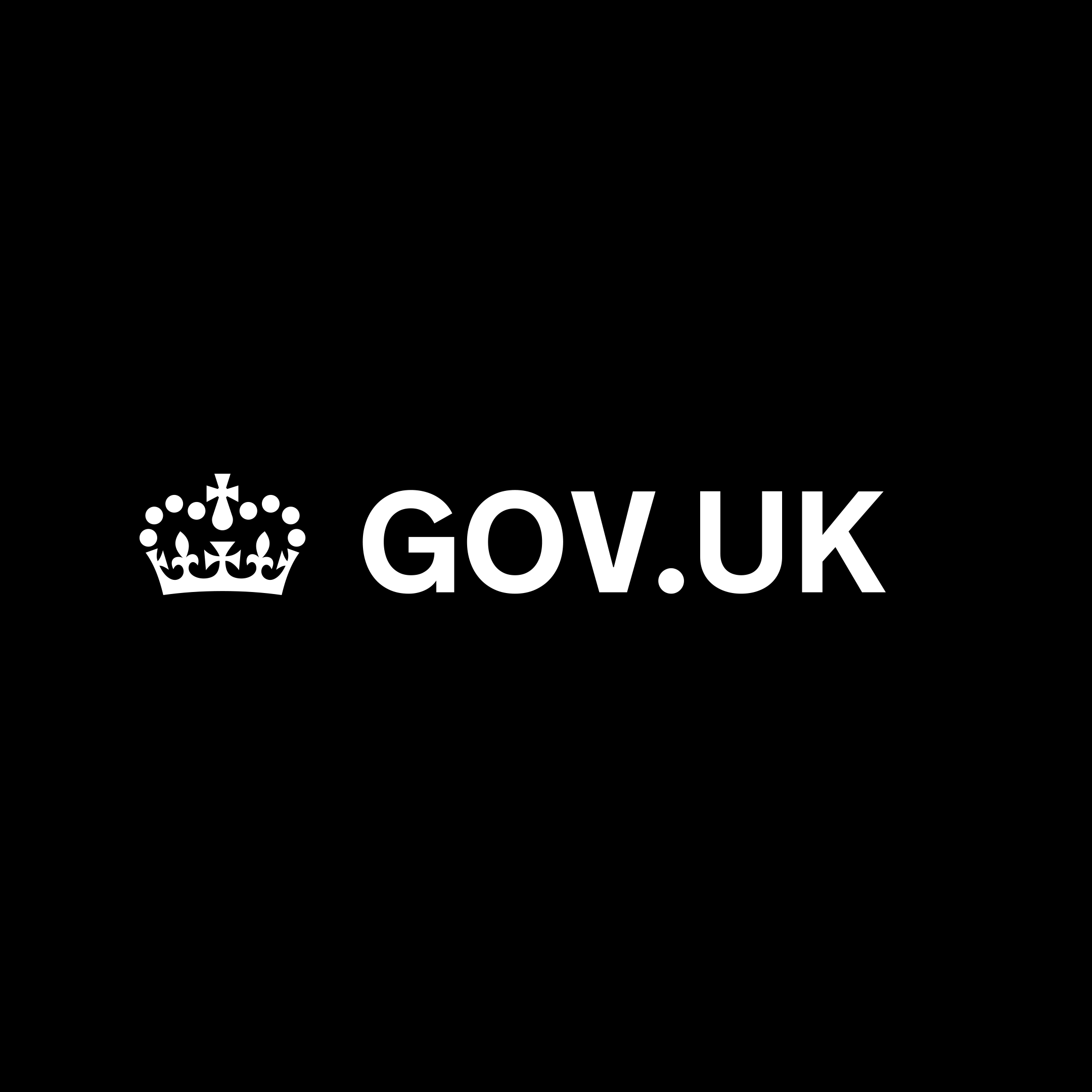Understanding E-Liquid Regulation As A Newcomer
Newcomers entering into the E-Liquid and vape market have a lot to get to grips with. Selling e-liquid products comes with various regulations and restrictions, depending on the country you’re selling in. It’s essential to be familiar with these rules and that your products are compliant in order to sell on the market. We know this can feel overwhelming to new producers – but don’t panic! This article will walk you through what you need to know to be prepared.
Who Governs E-Liquid Regulation?
Before you can get stuck into the details, you need to know the government and industry bodies you’re reporting to. The governing body in the UK for E-Liquid and nicotine vaping regulation is the Medicines & Healthcare products Regulatory Agency, or MHRA. This government agency is a division of the Department of Health and Social Care, and is responsible for the regulation and sale of medicines and medical devices. Compliance is an essential pre-requisite to UK sale.
What Are The Rules To Sell E-Liquid Products?
The MHRA originally outlined the standard regulations for selling E-Liquid and nicotine vaping products in the TPD or Tobacco Product Directive, a regulatory act for sale of E-Liquids within the European Union. Following the UK’s exit from the EU, regulations in Britain and Northern Ireland are now governed by the Tobacco Products and Nicotine Inhaling Products (Amendment) (UK Exit) Regulations 2020. It’s important to be familiar with the amendment act as well as the broader European regulations to ensure your compliance meets all requirements for the areas you wish to sell in.
Whilst regulations have changed and developed over recent years, they have followed the same pattern, with requirements for minimum safety checks as an industry standard for e-cigarettes, refill containers and E-Liquids, comprehensive product information to be shared with customers, and proactive efforts to prevent children from using E-Liquid and CBD E-Liquid products.
TPD Compliance
Specific requirements for E-Liquid producers demand:
- Producers must limit e-cigarette tank capacity to 2ml
- E-Liquids containing nicotine may not be sold in containers larger than 10ml
- Nicotine strength must be no higher than 20mg/ml in E-Liquids
- All packaging must be child resistant and tamper evident
- A number of ingredients are prohibited, including caffeine and taurine
- Clear labelling including health warnings are including on all products
EU Common Entry Gate
To ensure new E-Liquid producers are complying with all regulations appropriately, producers are required to submit their product date to the authorities for approval if looking to sell in the EU. This is done via an online platform called the EU Common Entry Gate, or EU-CEG.
Submission here must include:
A full product ingredient list
- Emissions produced by your product – you'll would need to have these independently verified
- Product nicotine dosage
- Toxicological data
- A description of your manufacturing process
- Compliance declaration
Getting Started In The E-Liquid Market
These are the basics of E-Liquid compliance regulations for sale in the UK and European Union as of 2021. We know these will be a good starting point for you – at Xyfil we pride ourselves on maintaining the highest industry standard, and we’re on hand to help you with every stage of your E-Liquid production journey.
It’s always daunting starting a new business venture. We’ve been there and we know the pitfalls. Familiarity and confidence in these regulations will give you a solid grounding to get your first E-Liquid products approved and onto the market. And then, the sky’s the limit!




